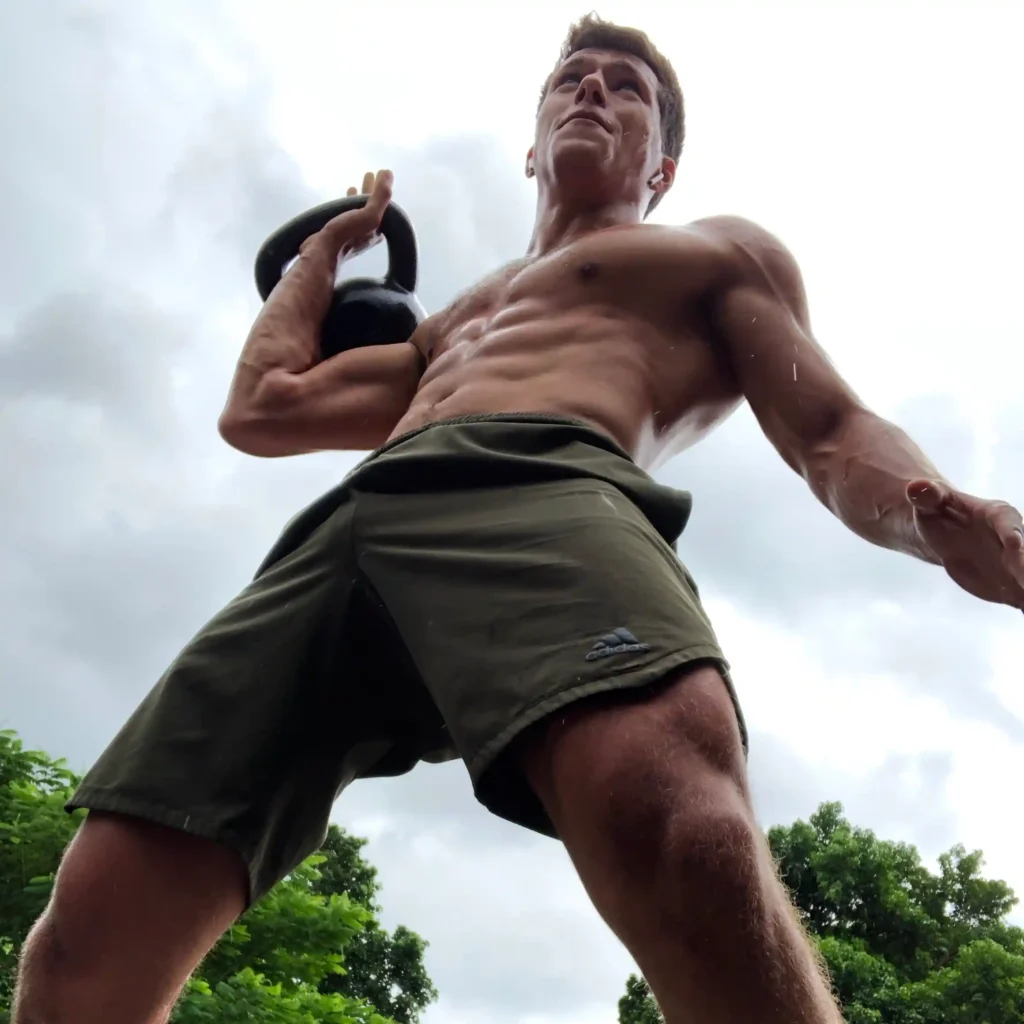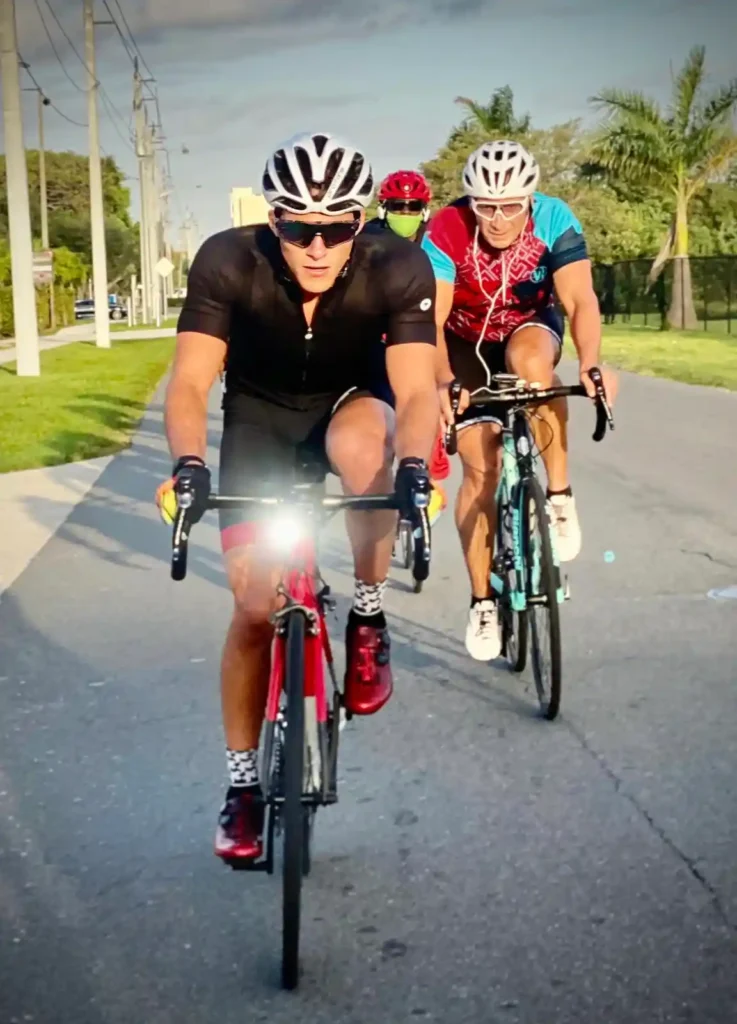Maximizing Efficiency: Supersets, Drop Sets, and Rest-Pause Training for Time-Efficient Workouts
Everyone struggles with fitting a workout into their busy schedules making supersets a great way to get a lot done in a short period of time. Although supersets are commonly used, drop sets and rest-pause training can also roughly cut training time in half compared to traditional training, while still maintaining training volume (Iverson et al., 2021). Incorporating supersets allows me to work out just 3 days a week, 25-40 minutes at a time, while still making gains.
For maximum efficiency, a few criteria must be upheld. Starting with the warm-up, be sure that your movements are specific to muscle groups you plan on actively stimulating (Ribeiro et al., 2014; Haff et al., 2015; Abad et al., 2011). The main exercises must prioritize bilateral, multi-joint movements through a full range of motion. The exercises should also include ≥ 4 weekly sets per muscle group using a 6–15 RM loading range (Iverson et al., 2021).

In regard to stretching, use stretching if the goal of training is to increase flexibility. Since stretching leads to activation of Golgi Tendon Organs (GTOs) that INTERRUPT contractions, the stretching can induce greater relaxation of the muscles instead of contraction
A couple of months ago, I posted on Instagram a video of me explaining the benefits of supersets as well as demonstrating an example with proper form. If you’d like to check it out, here it is.
The example I demonstrate in the video is a combination of weighted dips and weighted pull-ups. The dips utilize chest and triceps, whereas the pull-ups utilize back and biceps, a perfect example of opposing muscle groups.
Since muscles work together by opposing each other during multi-joint movements, reciprocal inhibition is at play. While performing a pushup my lats and biceps are inhibited (forced to stretch and relax) while contracting my chest and biceps, and vice versa. This stretch and flex combo is great for combating postural issues and muscular imbalances.
Maximizing Anabolic Response: Multi-Joint Movements and Hypoxic Effects of Supersets
Multi-joint movements should be your priority, as they are more demanding on your body, promote a greater anabolic response to training, and reflect more common movement patterns (a push-up makes more sense from a natural, physiological perspective than tricep kickbacks, for example) (Paoli et al., 2017). Promoting these mechanically optimal movement patterns will help you maintain strength and muscle mass as you age, further supporting longevity while also preventing disease.
Another underlying benefit of supersets is the hypoxic effects that this kind of training has which stimulates growth hormone and testosterone release, not to mention angiogenesis (sprouting of new blood vessels)
A bad example of a superset would be pull-ups to rows, bench press to shoulder press, or deadlifts to squats. It’s better if you give yourself ample time to rest between those and perform them separately.
Some people like to work out their abs in between sets. This can work, but it may limit creatine phosphate repletion and limit strength on the next compound movement. I do add abs in between sets sometimes but tend to leave them for the end OR dedicate a day to core since I’m already maintaining such a huge emphasis on core activation with other movements.
References:
- Abad, C. C., Prado, M. L., Ugrinow itsch, C., Tricoli, V., & Barroso, R. (2011). Combination of General and Specific Warm-Ups Improves Leg-Press One Repetition Maximum Compared With Specific Warm-Up in Trained Individuals. Journal of Strength and Conditioning Research. https://doi.org/10.1519/JSC.0b013e3181e8611b
- Haff, G. G., & Triplett, N. T. (Eds.). (2015). Essentials of strength training and conditioning 4th edition. Human kinetics.
- Iversen, V. M., Norum, M., Schoenfeld, B. J., & Fimland, M. S. (2021). No Time to Lift? Designing Time-Efficient Training Programs for Strength and Hypertrophy: A Narrative Review. Sports medicine (Auckland, N.Z.), 51(10), 2079–2095. https://doi.org/10.1007/s40279-021-01490-1
- Paoli A., Gentil P., Moro T., Marcolin G. & Bianco A. (2017). Resistance Training with Single vs. Multi-joint Exercises at Equal Total Load Volume: Effects on Body Composition, Cardiorespiratory Fitness, and Muscle Strength. Front. Physiol. 8:1105. https://doi.org/10.3389/fphys.2017.01105
- Ribeiro, A. S., Romanzini, M., Schoenfeld, B. J., Souza, M. F., Avelar, A., & Cyrino, E. S. (2014). Effect of Different Warm-up Procedures on the Performance of Resistance Training Exercises. Perceptual and Motor Skills, 119(1), 133–145. https://doi.org/10.2466/25.29.PMS.119c17z7









I simply could not go away your web site prior to suggesting that I really enjoyed the standard info a person supply on your guests? Is going to be back incessantly to investigate cross-check new posts.
Your website has become the place where I go to learn new things. I hope that your future is full of the same brilliant ideas that you share so freely with your viewers.
I do not even understand how I ended up here, but I assumed this publish used to be great